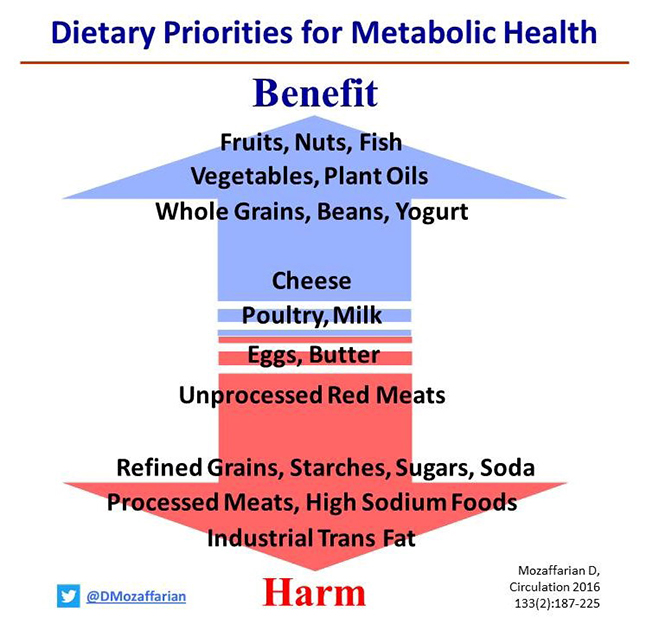Dealing with a few extra COVID pounds? Fruits and Veggies to the rescue!

Changing your diet can start to improve your metabolic health within four to six weeks. Three take-home messages: 1. Make small changes and build them over time. 2. Don’t focus on your weight — it’s about your health. 3. Emphasize the good — eat plenty of protective foods.
Summer is here and before you know it our gardens and the farmers market will be brimming with all kinds of wonderfully delicious fruits and vegetables. You’ve heard it before, but it can’t be emphasized enough: eating adequate fruits and vegetables is critically important for your overall health.
First, they provide essential vitamins and minerals, fiber and other substances that are important for good health. Second, eating more fruits and vegetables, along with whole grains, lean meats, nuts and beans, is a safe and healthy way to lose or maintain weight. So if you’ve put on a few extra pounds during the COVID-19 pandemic, consider fruits and vegetables your friend!
Here are some simple ways to cut calories and improve your metabolic health by eating more fruits and vegetables throughout the day.
Breakfast: Start
the Day Right
Substitute spinach, onions or mushrooms for one egg or half the cheese in your morning omelet. The vegetables will add volume and flavor to the dish with fewer calories than the egg or cheese.
Cut back on the amount of cereal in your bowl to make room for some cut-up bananas, peaches, or strawberries. You can still eat a full bowl, but with fewer calories.
Lighten Up Your Lunch
Substitute vegetables such as lettuce, tomatoes, cucumbers or onions for 2 ounces of the cheese and 2 ounces of the meat in your sandwich, wrap or burrito. The new version will fill you up with fewer calories than the original.
Replace 2 ounces of meat or 1 cup of noodles in broth-based soup with 1 cup of chopped vegetables, such as broccoli, carrots, beans or red peppers. The vegetables will help fill you up, so you won’t miss those extra calories.

The New Ulm Farmers Market
is back starting June 24!
Thursdays 2:30 to 5:30 p.m.
Saturdays 9 a.m. – Noon
CashWise Foods
1220 Westridge Road, New Ulm
Add in 1 cup of chopped vegetables such as broccoli, tomatoes, squash, onions or peppers, while removing 1 cup of the rice or pasta in your favorite dish. The dish with the vegetables will be just as satisfying but have fewer calories than the same amount of the original version.
Take a good look at your dinner plate. Vegetables, fruit and whole grains should take up the largest portion of your plate. If they do not, replace some of the meat, cheese, white pasta or rice with legumes, steamed broccoli, asparagus, greens or another favorite vegetable. This will reduce the total calories in your meal without reducing the amount of food you eat. BUT remember to use a normal — or small-size plate — not a platter. The total number of calories that you eat counts, even if a good proportion of them come from fruits and vegetables.
Smart Snacks
Most healthy eating plans allow for one or two small snacks a day. Choosing most fruits and vegetables will allow you to eat a snack with only 100 calories.
Instead of a high-calorie snack from a vending machine, bring some cut-up vegetables or fruit from home. A 1-ounce bag of corn chips has as many calories as a small apple, 1 cup of whole strawberries AND 1 cup of carrots with 1/4 cup of low-calorie dip. Substitute one or two of these options for the chips, and you will have a satisfying snack with fewer calories.
Remember: Substitution is the key.
It’s true that fruits and vegetables are lower in calories than many other foods, but they do contain some calories. If you start eating fruits and vegetables in addition to what you usually eat, you are adding calories and may gain weight. The key is substitution. Eat fruits and vegetables instead of some other higher-calorie food.


